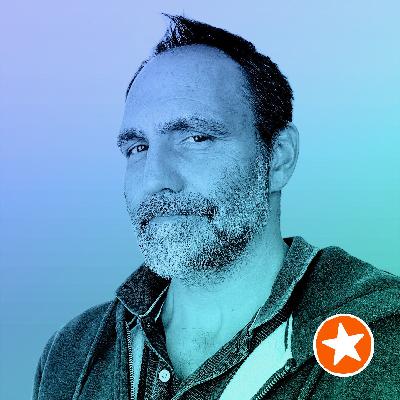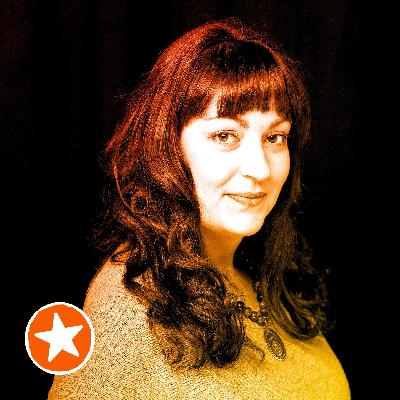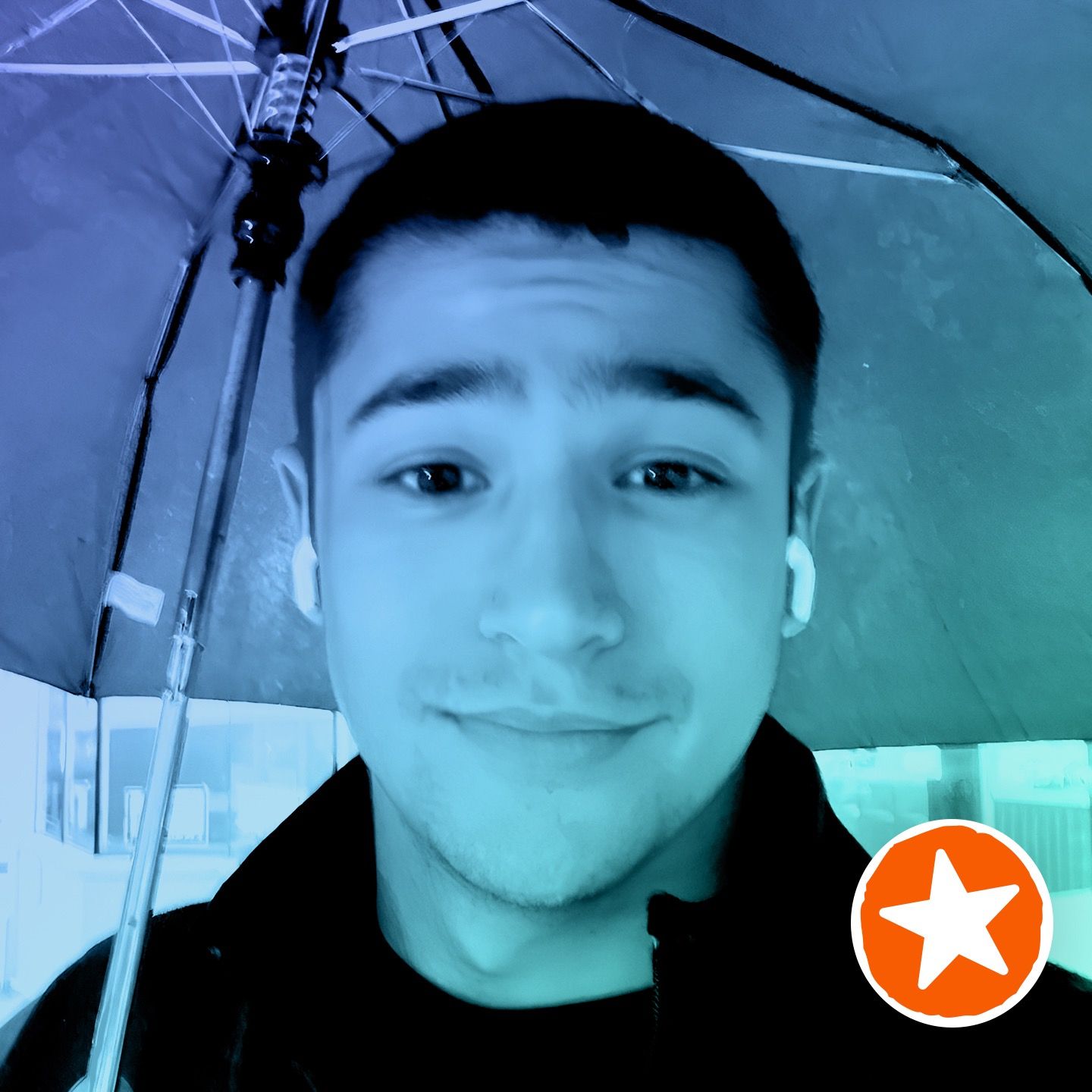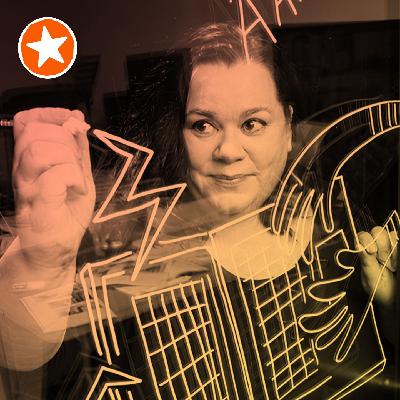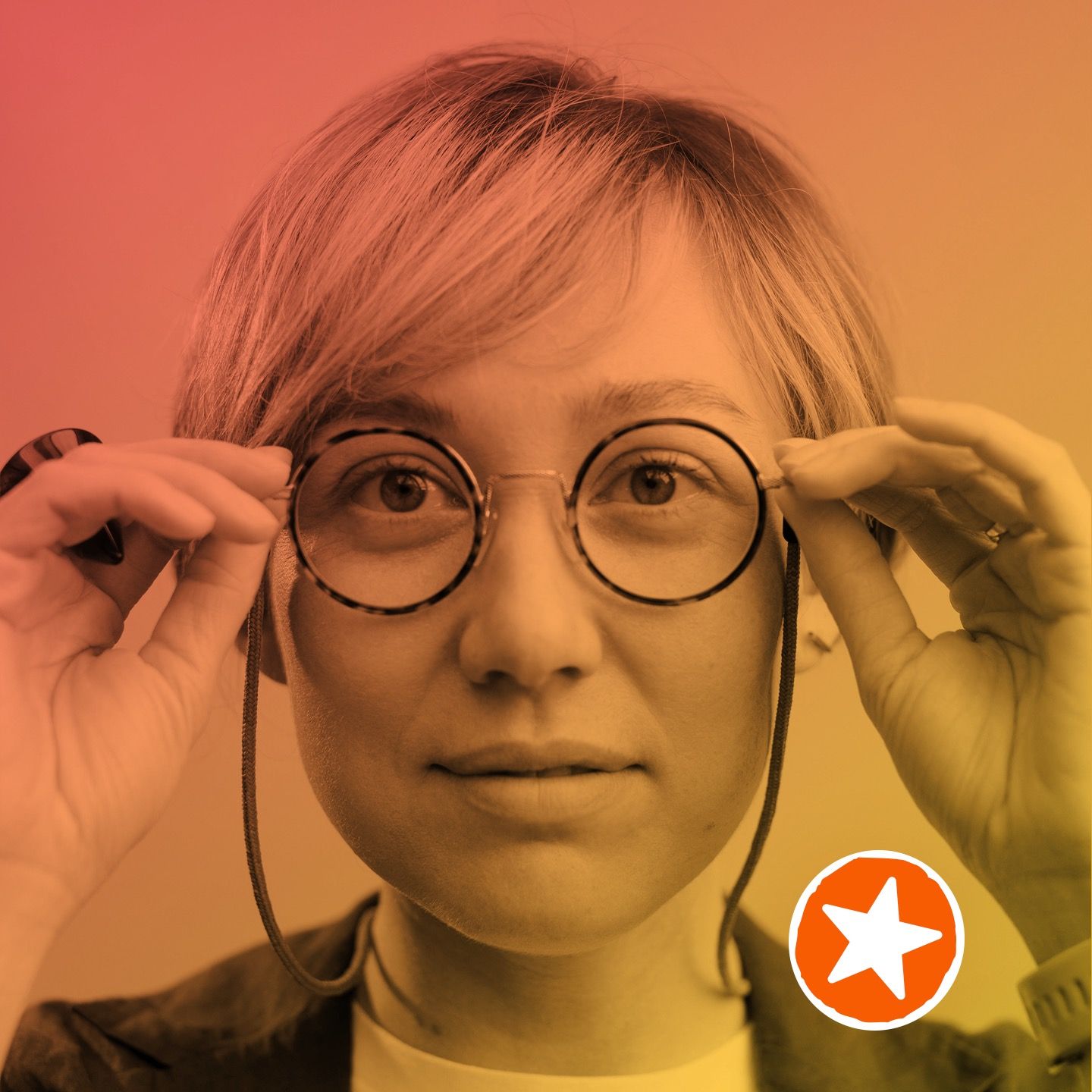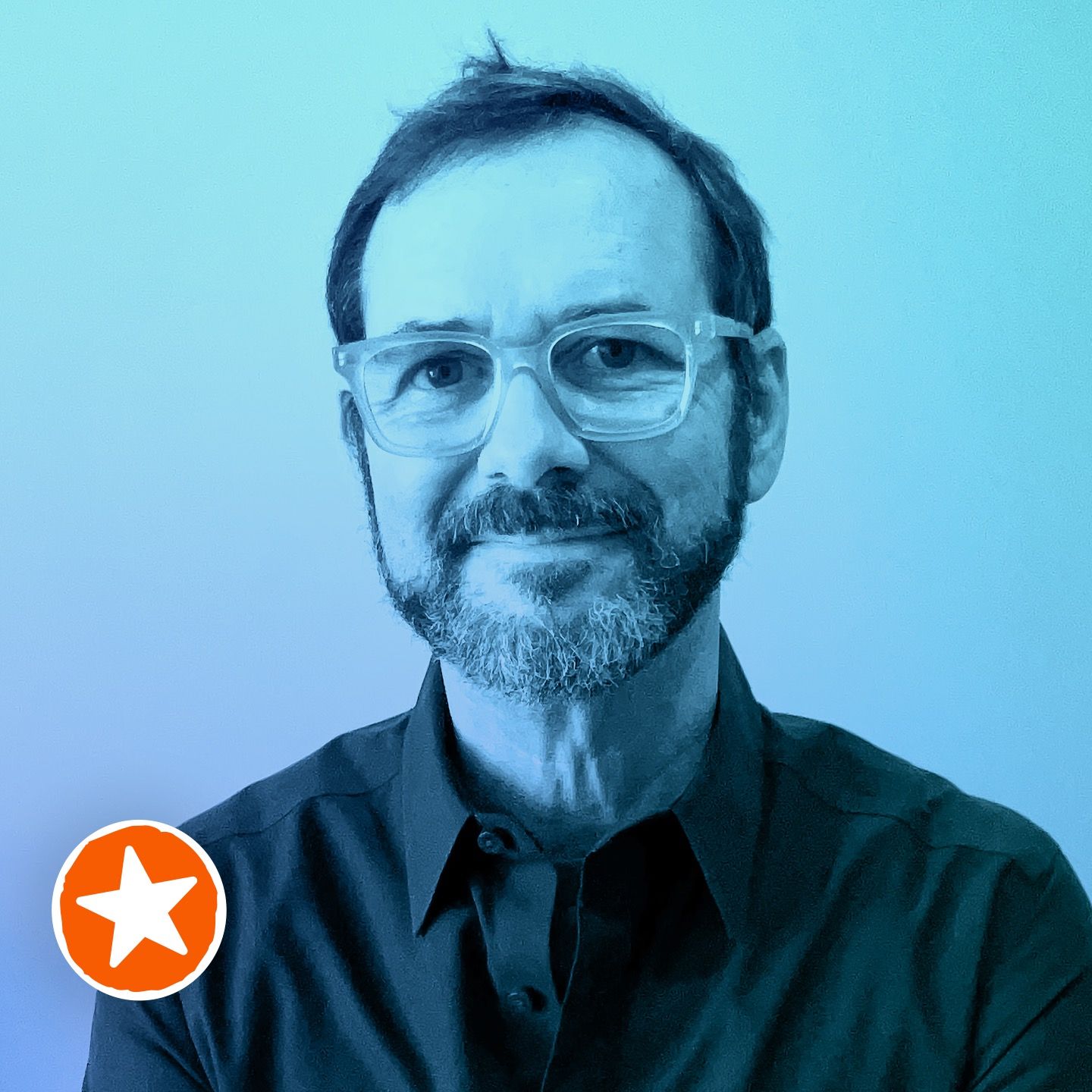Blanche Ellis and the chance encounter that sparked a career in graphic recording - S16/E05
Description
In this episode, Blanche Ellis shares how dyslexia led her to discover graphic recording through a chance encounter. With a background in literature, music, and art, her work focuses on capturing the emotional essence of ideas and stories to build connections and understanding.
Sponsored by Concepts
The Concepts Sketchnote Workshop video — a unique, FREE, hands-on workshop video where I show you how I use the Concepts app to create sketchnotes on an iPad Pro with an Apple Pencil.
In this one-hour, eighteen-minute video, I cover:
- The Infinite Canvas as a sketchnoting power feature
- How vectors give you complete control of brushes and sizing as you create sketchnotes and
- How vector elements let you size and repurpose your drawings for ultimate flexibility.
The workshop video includes answers to common questions about Concepts.
Watch the workshop video for FREE at:
https://rohdesign.com/concepts
Be sure to download the Concepts app at concepts.app and follow along with me during the workshop!
Buy me a coffee!
If you enjoy this episode of the Sketchnote Army Podcast, you can buy me a coffee at sketchnotearmy.com/buymeacoffee
Running Order
- Intro
- Welcome
- Who is Blanche Ellis
- Origin Story
- Blanche's current work
- Sponsor: Concepts
- Tips
- Tools
- Where to find Blanche Ellis
- Outro
Links
Amazon affiliate links support the Sketchnote Army Podcast.
WORK
PERSONAL
Tools
Amazon affiliate links support the Sketchnote Army Podcast.
- Strathmore 400 sketchbooks
- Watercolors
- Soft pencils
- Textured paper
- Neuland Markers
- Molotow Markers
- iPad
- Procreate
- Adobe
Tips
- Try different ways into the same activity.
- Keep experimenting to find your style.
- Keep a Sketchbook with you always.
- Only show the kind of work you want to do.
- Don't underestimate the background of being an entrepreneur as an artist.
- Appreciate the part that you do well.
- Drawing on public transport.
Credits
- Producer: Alec Pulianas
- Shownotes and transcripts: Esther Odoro
- Theme music: Jon Schiedermayer
Subscribe to the Sketchnote Army Podcast
You can subscribe to the podcast through iTunes, Google Podcasts, Spotify, Amazon Music, YouTube or your favorite podcast listening source.
Support the Podcast
To support the creation, production, and hosting of the Sketchnote Army Podcast, buy one of Mike Rohde’s bestselling books. Use code ROHDE40 at Peachpit.com for 40% off!
Episode Transcript
Mike Rohde: Hey everyone, it's Mike, and I'm here with Blanche Ellis. Blanche, welcome to the show. It's so good to have you.
Blanche Ellis: Thank you, Mike. No, really nice to be here, and I'm looking forward to our conversation.
MR: Yes, me as well. We've run across each other I think on LinkedIn. I saw some of your graphic recording work. I thought it was really unique and interesting. Wanted to have you on the show. So, let's just begin right at the beginning. Tell us who you are and what you do.
BE: Okay. I am a multidisciplinary artist. I've always done quite a number of things, often at once which I think happens a lot to creative people. I'm a visual artist. I had my own practice of painting and drawing, and then I use graphics to facilitate the flow of ideas for other people and with organizations and workshops. Mostly with graphic recording, also a little bit with animation, a little bit with—or quite a lot with behind-the-scenes graphics. So not live, but working from conversations, documentation of sorts. And then I'm also a musician, and I'm a songwriter, so I spent quite a lot of years doing that in multiple forms as well.
MR: Wow.
BE: It all kind of wraps in and, you know, a bit of poetry, a bit of dance, a little bit of anything you can think of really is on my name.
MR: Wow, that's really fascinating. So, I'm curious, you touched on a musician. Are there certain instruments that you like to play? Are you more of a vocal artist? Tell me a little bit about that. I'm just kind of curious.
BE: Yeah, no, the voice is definitely my home. The voice is my first instrument. Singing harmonies is possibly the best feeling that I know in the world. Instruments, yes, I don't consider myself a great instrumentalist, but I play guitar, I play banjo. I used those, you know, to do songwriting and I perform with that. I even used to be in a band for a few years playing the washboard. Doing harmonies and playing the washboard.
MR: Really?
BE: Yeah.
MR: Wow.
BE: But mostly it's guitar and banjo.
MR: Interesting. It sounds a little bit like Americana or bluegrass or something along those lines is the style I think of when I hear those instruments.
BE: Mm. Yeah. Well, quite folk. So, I think—
MR: Folk music, yeah, that's the word I was looking for, folk.
BE: Poets with guitars, I think, is a good description. A lot of the music that I love, you know, Jenny Mitchell and Annie Cohen.
MR: Yeah, of course.
BE: That whole crew and the Ballad writers. So, storytelling for me is a large part of it. Like the music in itself and the rhythm and the physicality of that that goes beyond words, but then also the storytelling element is very strong, close to my core.
MR: We've touched a little bit on using music and vocals for telling a story. So I would guess that maybe that's what's drawn you to this, you know, if we come back to the focus of the show, which is more visual thinking. Using those same techniques, but with a different part of yourself to either live capture what you're hearing and express it, or like you said, taking recorded bits or research or those things and turning it into something that encapsulates or consolidates that information. Is that a fair way to guess at how those things are working in the way you work?
BE: Yeah, I think there's a really strong connection there, narrative seeking, which think of as, in a way, pulling on threads. You can do it through music, or you can do it through visuals, you can do it through writing, kind of pulling on threads and weaving. That's the feeling of it. And so, thinking with visuals is definitely something—I was the doodling kid in class always. Let's see, I dunno, before I even knew that this existed, Sketchnoting, graphic recording, I took some speeches or books that were really affecting me and turned them into—not exactly comics, 'cause I didn't have that style, but yeah, visual vignettes that for me, communicated that idea and opened it up in a new way. So, I think that's kind of connected.
MR: And again, in a form that's in a way a story, right? You're telling the story of the thing that's impacting you. So again, here we are back at narrative again. It's sort of this core that draws you.
BE: Yeah, and they both have an emotional element because you've got the bare facts, and you've got sort of just putting things down. But I guess I chose things that affected me. So at the time, what was it? One was a book, it was actually a book by a Finnish architect about space and how we designed space and how we live in it, and the multisensorial nature of space actually, in contrast to how everything in the modern world is designed.
A lot of space is designed visually without considering how it would feel, how it would smell, how it would, you know, the enveloping senses. So anyway, that book, and then I felt very strongly about that. And the other one I can think of was like a speech by Neil Gaiman about—I think it was one of those, what are they called when everyone finishes university in the States, and they give a commencement speech or something.
MR: Yeah. Commencement.
BE: I dunno what it's called, but there was a really beautiful one that sort of captured that. And yeah, there's emotion to the song and there's emotion in the weight of the line. That is something in the narrative tha



